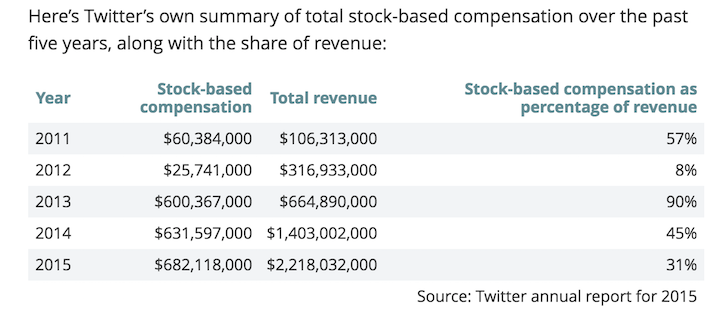ASQ has asked the Influential Voices on quality management to look at the question of integrating technical quality and human management systems. How do different systems—technical or human—work together? How should they work together?
My view is that the management system must integrate these facets together. A common problem that companies face is that they bring in technical tools (such as control charts, PDSA improvement cycle, design of experiments, kanban, etc.) without an appreciation for the organization as a system. Part of understanding the organization as a system is understanding psychology within this context (as W. Edwards Deming discussed frequently and emphasized in his management system).
To try and implement quality tools without addressing the systemic barriers (due to the management system and specifically the human component of that system) is a path to very limited success. The failure to address how the organization’s existing management system drives behaviors that are often counter to the professed aims of the organization greatly reduces the ability to use technical tools to improve.
If the organization rewards those in one silo (say purchasing) based on savings they make in cutting the cost of supplies it will be very difficult for the organization to optimize the system as a whole. If the purchasing department gets bonuses and promotions by cutting costs that is where they will focus and the total costs to the organization are not going to be their focus. Attempts to create ever more complex extrinsic incentives to make sure the incentives don’t leave to sub-optimization are rarely effective. They can avoid the most obvious sub-optimization but rarely lead to anything close to actually optimizing the overall system.
It is critical to create an integrated system that focuses on letting people use their brains to continually improve the organization. This process doesn’t lend itself to easy recipes for success. It requires thoughtful application of good management improvement ideas based on the current capabilities of the organization and the short, medium and long term priorities the organization is willing to commit to.
There are principles that must be present:
- a commitment to treating everyone in the organization as a valuable partner
- allowing those closest to issues to figure out how to deal with them (and to provide them the tools, training and management system necessary to do so effectively) – see the last point
- a commitment to continual improvement, learning and experimentation
- providing everyone the tools (often, this means mental tools as much as physical tools or even quality tools such as a control chart). By mental tools, I mean the ability to use the quality tools and concepts. This often requires training and coaching in addition to a management system that allows it. Each of these is often a problem that is not adequately addressed in most organizations.
- an understanding of what data is and is not telling us.
An integrated management system with an appreciation for the importance of people centered management is the only way to get the true benefit of the technical tools available.
I have discussed the various offshoots of the ideas discussed here and delved into more details in many previous posts and in my book – Management Matters: Building Enterprise Capability. An article, by my father, also addresses this area very well, while explaining how to capture and improve using two resources, largely untapped in American organizations, are potential information and employee creativity. It is only by engaging the minds of everyone that the tools of “technical” quality will result in even a decent fraction of the benefit they potentially can provide if used well.







Support Theatre
Support theatre provides the appearance of supporting customers when in fact it is just treating customers poorly based on a management system that disrespects customers. It is a similar idea to security theatre that has become so popular for government in the USA for the last 10 years.
Dilbert does a good job of illustrating “support theatre” in this webcast:
I have had the exact experience Dilbert does of tech support refusing to think about the actual symptoms of the problem and insisting on following some script and wasting my time – repeatedly. This is not some accident. Management has designed systems with the attitude that customer’s time doesn’t matter.
Companies that practices support theatre are usually very focused on cutting the company’s cost and not “wasting” the companies time fixing the problems they create for customers or even helping customers put on “band-aids” to cope with the injuries the company has inflicted on the customer. Those companies also don’t learn from their failures to improve and stop future customers from suffering the consequences of their poor processes.
It is painful to interact with such companies. I find that most large companies I am forced to interact with are deeply into support theatre and only very superficially concerned with customers. It is a shame that the type of customer focus that those interested in management improvement have been advocating for decades is ignored by so many companies today.
If you care about your customers and want to build an organization that prospers by delighting customers go to the customer (user) gemba. Focus on how to improve the customer experience. You likely will have many easy opportunities to improve how things operate since the experience for customers today is often so bad.
Related: Making Life Difficult for Customers – Practicing Mistake-Promoting Instead of Mistake-Proofing at Apple – Customer Service is Important (2006) – Simple Customer Care Strategy: Communicate – Use Urls, Don’t Use Click x, Then Click y, Then Click z Instructions – How to protect yourself from your credit card company – Verizon Provides Lousy Service = Dog Bites Man (2008) – Is Poor Service the Industry Standard? (2006) – Incredibly Bad Customer Service from Discover Card